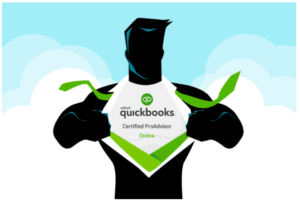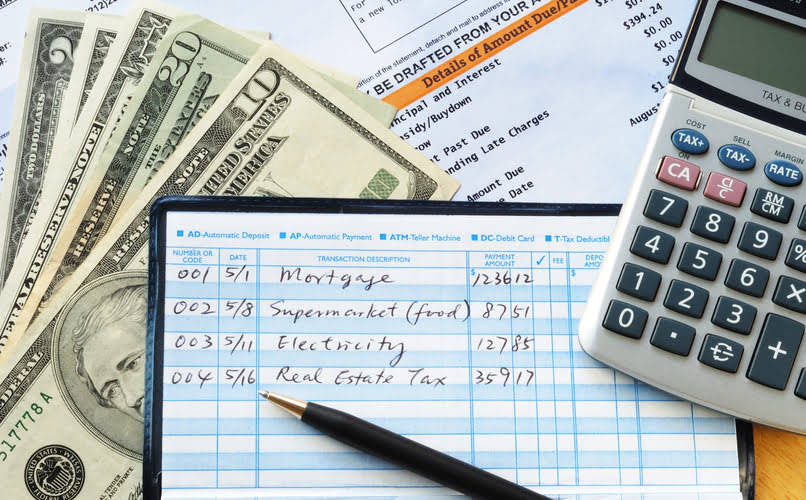
Inventory managers usually have a daily log of inventory statistics, with responsibility for calculating and reporting inventory metrics to management at specific intervals. Overall, there are several important business metrics and ratios in financial analysis that include inventory and measure its efficiency. Manufacturers are required to report the amounts of each inventory category on its balance sheet or in the notes to the financial statements. Companies strive to find the proper amount of inventory so that it can meet the fluctuating demand of its customers, avoid disruptions in production, and minimize holding costs. To make the topic of Inventory and Cost of Goods Sold even easier to understand, we created a collection of premium materials called AccountingCoach PRO. Our PRO users get lifetime access to our inventory and cost of goods sold cheat sheet, flashcards, quick tests, business forms, and more.

Example of Consigned Inventory Accounting of an Interorganization Transfer Within the Same Business Unit
FIFO and LIFO produce a different cost per unit sold, and the difference impacts both your balance sheet (inventory account) and the income statement (cost of goods sold). See the table below for more on the effects of FIFO versus LIFO on your inventory accounting when prices are rising. Given ongoing supply chain troubles, skyrocketing prices, and never-ending shipping delays, eCommerce brands have been going through a seriously tough time. Amidst all this uncertainty, there’s one thing you can take charge of – gaining a solid understanding of your financial statements and inventory items. As a small business owner, it’s vital that you keep track of your inventory costs and profit margins.
- Beginning inventory is also used to calculate average inventory, which is then used in performance measurements.
- In general, for companies trying to better match their sales with the actual movement of product, FIFO might be a better way to depict the movement of inventory.
- This technique provides businesses with an accurate depiction of the ending stock and its value.
- Yes, simply put, all businesses must report their stock to their country’s revenue collection agency.
- This method aligns with the natural flow of inventory in many companies and is commonly used in industries where product expiration is a concern.
- Companies often maintain sophisticated inventory management systems capable of tracking inventory levels in real time.
Average Cost
There is an interplay between the inventory account and the cost of goods sold in the income statement — this is discussed in more detail below. The average inventory method usually lands between the LIFO and FIFO method. For example, if LIFO results the lowest net income and the FIFO results in the highest net income, the average inventory method will usually end up between the two.

What Are the Four Main Types of Inventory Management?
By centralizing data, businesses can make informed decisions and streamline their inventory accounting processes. Inventory accounting is the process of accurately valuing and recording a company’s inventory assets. It is essential for maintaining proper financial records and complying with accounting standards.

Inventory Management Methods
The accounting method that a company uses to determine its inventory costs can have a direct impact on its key financial statements (financials)—balance sheet, income statement, and statement of cash flows. Integrating inventory management systems with accounting software ensures seamless flow of data between inventory and financial records. This integration eliminates the need for manual data entry, reduces errors, and provides real-time visibility into inventory costs, sales, and profitability.
- LIFO usually doesn’t match the physical movement of inventory, as companies may be more likely to try to move older inventory first.
- Charlene Rhinehart is a CPA , CFE, chair of an Illinois CPA Society committee, and has a degree in accounting and finance from DePaul University.
- In the tables below, we use the inventory of a fictitious beverage producer called ABC Bottling Company to see how the valuation methods can affect the outcome of a company’s financial analysis.
- For an illustration of the cost flow assumption, see Explanation of Inventory and Cost of Goods Sold.
Key Takeaways
For the 200 loaves sold on Wednesday, the same bakery would assign $1.25 per loaf to COGS, while the remaining $1 loaves would be used to calculate the value of inventory at the end of the period. Beginning inventory is also used to calculate average inventory, which is then used in performance measurements. Average inventory is the result of beginning inventory, plus ending inventory, divided by two. Inventory turnover and inventory days are two of the most important balance sheet ratios involving inventory. Comprehensively, managing inventory by cost and units is important for operational efficiency. Beginning inventory is the book value of a company’s inventory at the start of an accounting period.
If you only sold a single item, inventory accounting would be simple, but it’s likely that you have multiple items in inventory and need to account for each of those items separately. While this is not difficult, you inventory accounting can quickly run into complications when inventory costs vary. Retailers often deal with large volumes of inventory and must choose an accounting method that aligns with their inventory turnover and sales patterns.
Inventory is a very significant current asset for retailers, distributors, and manufacturers. Inventory serves as a buffer between 1) a company’s sales of goods, and 2) its purchases or production of goods. Cost is defined as all costs necessary to get the goods in place and ready for sale. For instance, if a bookstore purchases a college textbook from a publisher for $80 and pays $5 to get the book delivered to its store, the bookstore will record the cost of $85 in its Inventory account. The recorded cost will not be increased even if the publisher announces that additional copies will cost $100. Further, investing in inventory management software can help streamline inventory tracking and decrease the chance of accounting errors.

Company B: Optimizing Inventory Turnover with LIFO
This means they only purchase it when the end user purchases it from them or until they consume the inventory for their operations. Safety stock inventory includes goods in reserve to meet unexpected surges in demand. For example, on January 2, 2020, you purchase 100 crystals from your regular supplier at a cost of $4 each. On January 15, you need to purchase an additional 100 crystals, but your regular supplier raised the price to $6 each. Short multiple-choice tests, you may evaluate your comprehension of Inventory Management. By hiring the right NetSuite accountant you get spot-on financial statements.
It, therefore, makes your inventory accounting a key metric for the profitability of your business. Other topics will include pros and cons, cost of sale explanation, inventory accounting methods, and more. Many business owners look to accounting software to help them track and calculate financial information- this also includes inventory management and accounting. Millions of individuals and businesses manage inventory using QuickBooks as a means to simplify this monumental undertaking. As noted above, inventory is classified as a current asset on a company’s balance sheet, and it serves as a buffer between manufacturing and order fulfillment.


